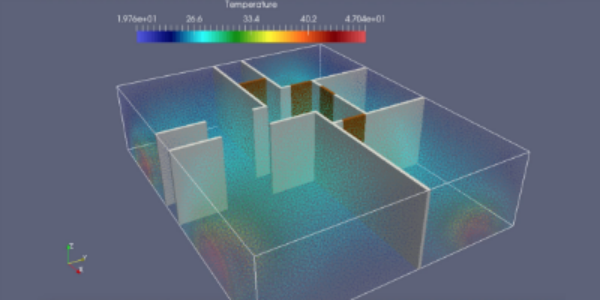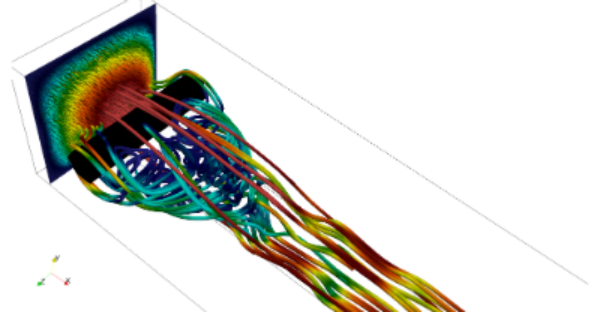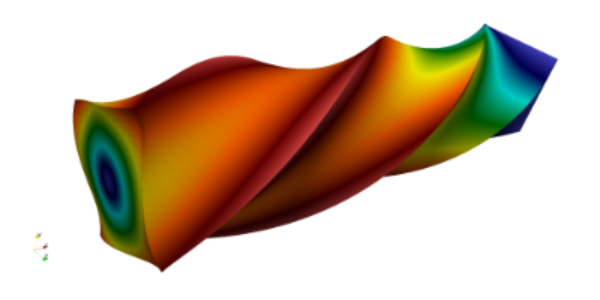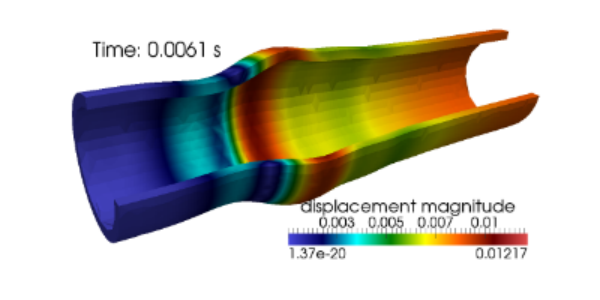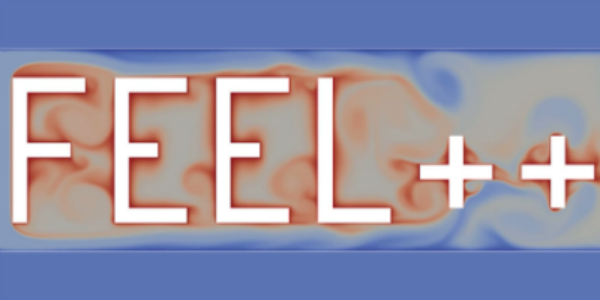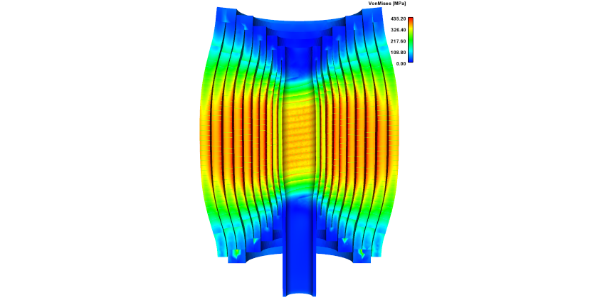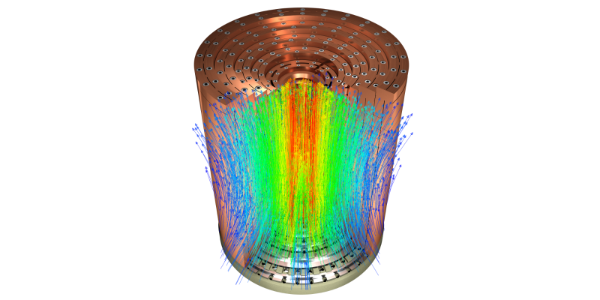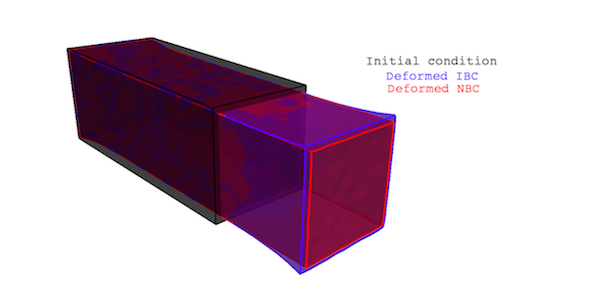Feel++ for Multiphysics Modeling and Simulation
Welcome to the documentation of the Feel++ Toolboxes.
1. Introduction
Feel++ provides a powerful environment for modeling and solving various kinds of scientific and engineering problems. The framework provides a powerful language to describe these models. With Feel++ toolboxes, you can extend conventional models for one type of physics into multiphysics models that solve coupled physics phenomena. It does not require an in-depth knowledge of mathematics or numerical analysis, they are hidden with the toolboxes. Using the JSON and CFG, it is possible to configure and run models by defining the relevant physical quantities—such as material properties, loads, constraints, sources, and fluxes.
Using these physics interfaces, you can perform various types of studies including:
-
Stationary and time-dependent (transient) studies
-
Linear and nonlinear studies
When solving the models, Feel++ Toolboxes uses the standard Galerkin method, eg the proven Finite element method but more advanced methods sur as HDG methods are available. The software runs the finite element analysis using a variety of numerical solvers. The studies can make use of multiprocessor systems and cluster computing and run from a one core to thousands of cores seamlessly. A more detailed description of the mathematical and numerical foundation is available in Mathematics of Feel++.
To start using our toolboxes, read:
-
What is a Toolbox to understand what we mean by toolbox and how you can configure and run our toolboxes.
Next, you can access the documentation our toolboxes as well as case studies:
-
Some theoretical aspects
-
A reference guide regarding the toolbox configuration of the JSON files.
-
A reference guide regarding the toolbox configuration of the CFG files.
-
Cases studies are available in the Toolbox Benchmarks Guide.
 .pdf
.pdf
